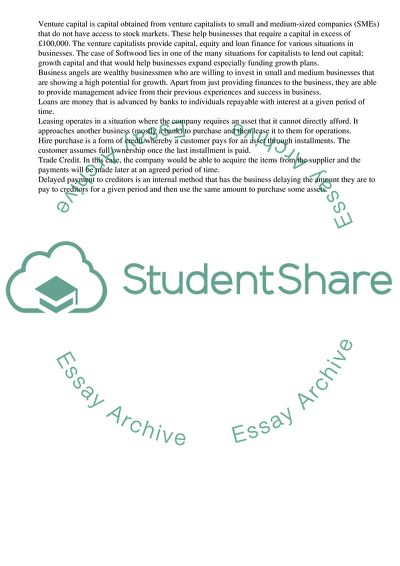Cite this document
(Finance Sources for Development of a Private Limited Liability Company Assignment, n.d.)
Finance Sources for Development of a Private Limited Liability Company Assignment. Retrieved from https://studentshare.org/business/1818517-business-management
Finance Sources for Development of a Private Limited Liability Company Assignment. Retrieved from https://studentshare.org/business/1818517-business-management
(Finance Sources for Development of a Private Limited Liability Company Assignment)
Finance Sources for Development of a Private Limited Liability Company Assignment. https://studentshare.org/business/1818517-business-management.
Finance Sources for Development of a Private Limited Liability Company Assignment. https://studentshare.org/business/1818517-business-management.
“Finance Sources for Development of a Private Limited Liability Company Assignment”, n.d. https://studentshare.org/business/1818517-business-management.


